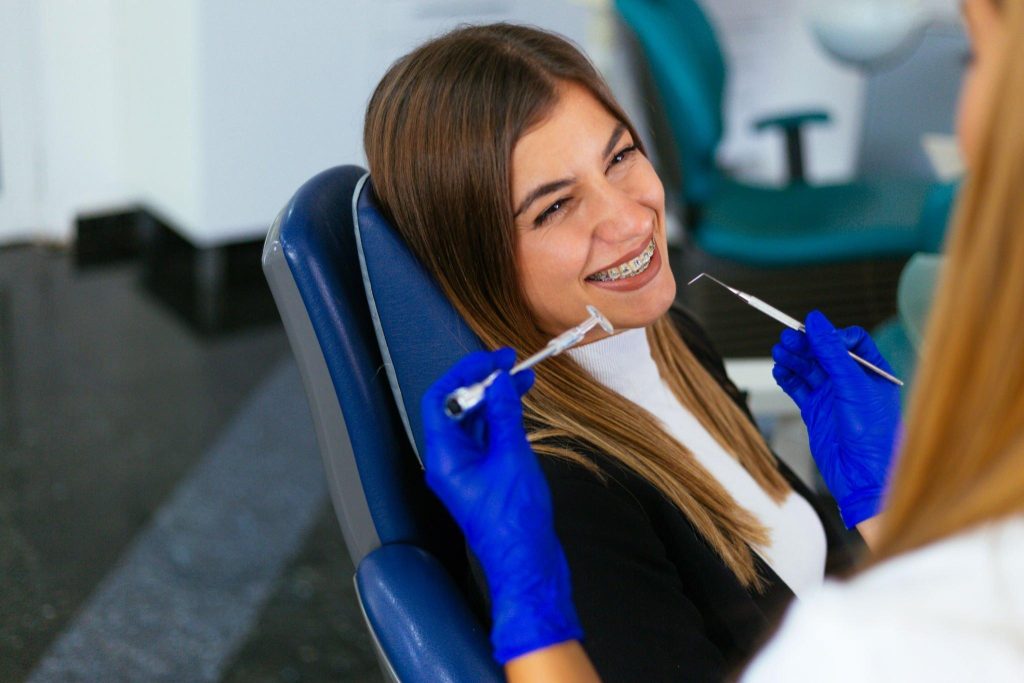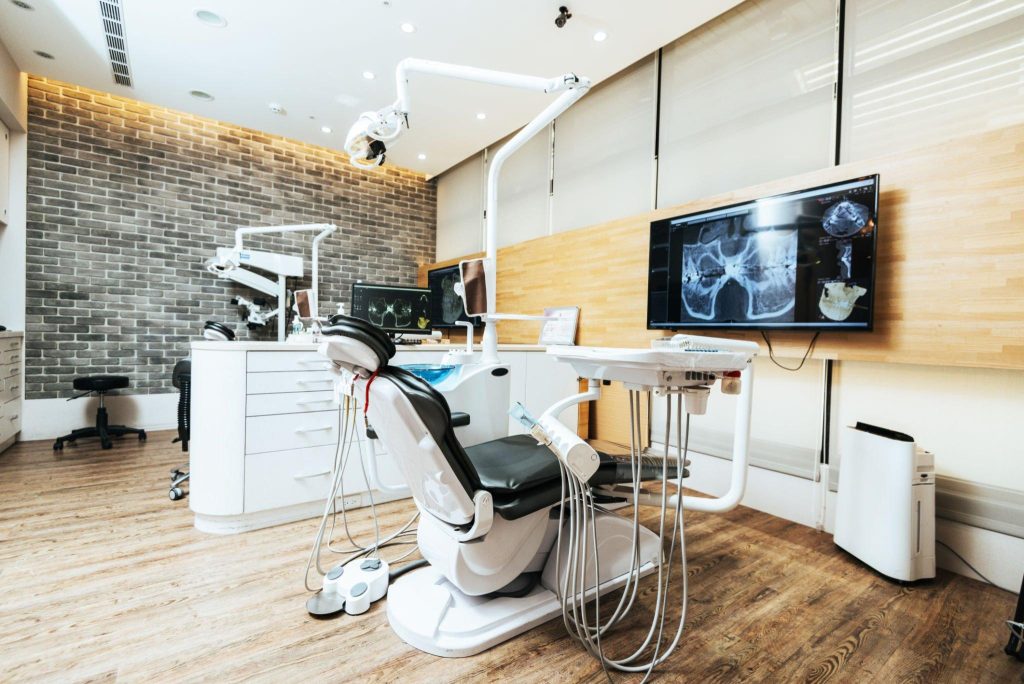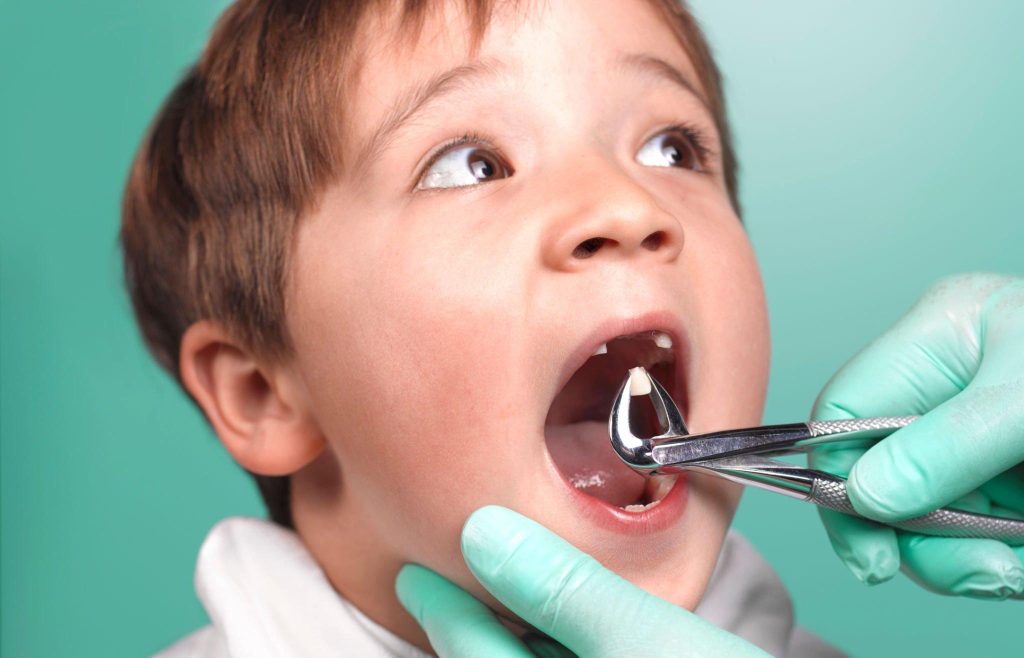Minimally invasive techniques in orthodontics and maxillofacial rehabilitation have evolved significantly since the 2021 study by A. K. Dall’Magro et al. This article explores the integration of these techniques with orthognathic surgery, enhancing facial harmony and self-esteem in patients.

The Evolution of Minimally Invasive Techniques Since 2021 Advancements in Orthodontic Care
Recent advancements have focused on less invasive approaches that optimize aesthetic outcomes and reduce recovery time.
Key Developments:
- PiezocisionTM: An innovative technique that controls the anchorage value of teeth by altering bone density surrounding them, reducing treatment time (S. Dibart et al., 2015).
- Surgically Assisted Rapid Maxillary Expansion (SARME): Provides long-term stability for maxillary expansion using minimally invasive techniques (Anu Anttila et al., 2004).

Minimally Invasive Techniques in Orthognathic Surgery
Enhancing Facial Harmony
Minimally invasive surgery protocols combined with orthodontics are redefining treatment of dento-maxillofacial deformities.
Surgical Techniques:
- Microincisions and Selective Tunneling: Minimizing discomfort and shortening treatment time (F. Brugnami et al., 2020).
- Guided Bone Regeneration: Facilitating combined surgical and orthodontic management (C. Barausse et al., 2021).
Technological Innovations in Orthodontics
The Role of Digital Tools
Digital technologies like 3D imaging and computer-guided surgery are becoming integral in planning and executing minimally invasive procedures.
Technological Integration:
- Cone Beam Computed Tomography (CBCT): Improving applications in orthodontics and maxillofacial surgery (H. Popat et al., 2010).
- Temporary Skeletal Anchorage Devices (TSADs): Correcting severe occlusal and dentofacial discrepancies (Jason P. Jones et al., 2020).

Patient-Centric Approaches in Orthodontics
Improving Patient Experience
Minimally invasive techniques prioritize patient comfort and satisfaction, leading to improved self-esteem and quality of life.
Patient Benefits:
- Reduced Treatment Time: Shortening the duration of orthodontic treatment.
- Decreased Postoperative Pain: Minimizing discomfort and speeding up recovery.

Challenges and Future Directions
Navigating New Frontiers
While minimally invasive techniques offer numerous benefits, challenges such as cost, patient acceptance, and the need for specialized training remain.
Future Trends:
- Emerging Surgical Techniques: Exploring novel approaches for less invasive and more effective treatments.
- Enhanced Digital Planning Tools: Advancing preoperative planning for precision and predictability.
Conclusion
Minimally invasive techniques in orthodontics and maxillofacial rehabilitation have made significant strides since 2021. These advancements have not only improved clinical outcomes but also enhanced patient experience and self-esteem.
In Los Algodones, “Los Algodones Dentists Guide” is a pioneer in implementing these advanced techniques. Known for their commitment to innovative care, they provide top-tier orthodontic and maxillofacial treatments. To learn more about their services, visit Los Algodones Dentist.
